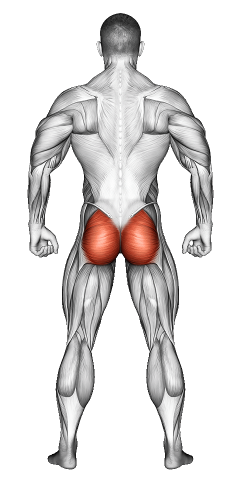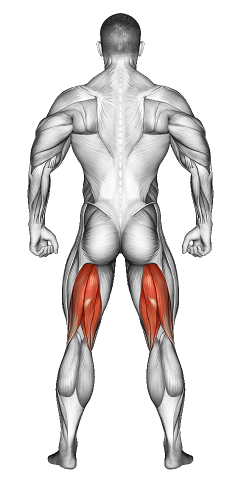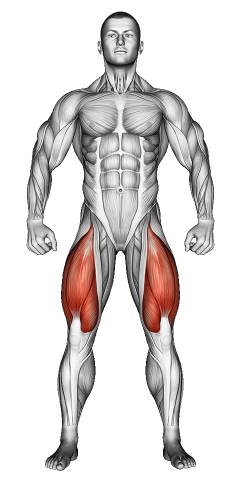Resistance Band Squats: Video Tutorial & Exercise Guide

Written By: Claude Michael
Updated: Oct 13, 2024
| Workout | Resistance Band Squats |
| Primary Muscle Group | Glutes |
| Secondary Muscle Group | Hamstrings, Quads |
| Equipment Required | Resistance Band |
| Force Type | Push |
| Mechanics | Compound |
| Exercise Type | Strength |
| Difficulty | Intermediate |
Resistance Band Squats: Video Tutorial & Exercise Guide
- 1.Resistance Band Squats: Muscle Groups
- -1.1Primary Muscle Group
- -1.2Secondary Muscle Group
- 2.Resistance Band Squats: Step-by-Step Guide
- 3.Resistance Band Squats: Overview
- 4.Resistance Band Squats: Benefits
- 5.Resistance Band Squats: Pro Tips & Advanced Techniques
- 6.Resistance Band Squats: Progression Plan
- 7.Resistance Band Squats: Frequently Asked Questions (FAQs)
Secondary Muscles Group
Resistance Band Squats: Step-by-Step Guide
- Step 1: Stand with your feet shoulder-width apart, looping a resistance band around your thighs just above your knees.
- Step 2: Keep your chest up, core engaged, and push your knees slightly out against the resistance band to maintain tension.
- Step 3: Lower into a squat by pushing your hips back as if sitting into a chair. Ensure your knees stay in line with your toes.
- Step 4: Go as low as you comfortably can while keeping your back flat and core tight.
- Step 5: Push through your heels to return to the standing position, keeping tension in the band throughout.
- Step 6: Repeat for the desired number of reps, ensuring consistent resistance by keeping your knees pushed out.
Resistance Band Squats: Overview
Resistance band squats are an excellent way to target the glutes, quads, and hamstrings while also engaging your core. By adding a resistance band, you increase the intensity of a standard squat, helping to build strength and improve stability. These are a great addition to any lower body workout and can be done at home or in the gym.
Resistance Band Squats: Benefits
Adding a resistance band to your squat routine boosts the activation of your glutes and hips. The bands help improve form by encouraging you to push your knees out, which activates your hip abductors. This exercise not only builds strength in your legs but also enhances overall lower body stability and mobility.
Resistance Band Squats: Pro Tips & Advanced Techniques
Form focus: Keep your knees pushed out against the band throughout the movement to maximize glute activation and prevent inward knee collapse.
Depth: Lower yourself as deep as you comfortably can, ensuring your heels stay flat on the ground. If you're unable to squat low, start with a half squat and work on your mobility over time.
Band resistance: If you find the movement too easy, try using a heavier resistance band to increase the challenge.
Resistance Band Squats: Progression Plan
Beginner
Intermediate
Advanced
Resistance Band Squats: Frequently Asked Questions (FAQs)
What muscles do resistance band squats target?
+Resistance band squats primarily target the glutes, quads, hamstrings, and hips, with secondary activation of the core.
Can I add weights to resistance band squats?
+Yes, you can hold dumbbells or a barbell to make the exercise more challenging while still using the band for additional resistance.
How often should I do resistance band squats?
+Incorporate them into your routine 1-2 times a week as part of your lower body workout to maximize strength and mobility gains.
What are common mistakes to avoid?
+Avoid letting your knees cave inward during the squat. Keep your chest up and core engaged to maintain proper form throughout the movement.
Share
Don’t Wish for It, Work for It – Join the FlexXP Newsletter Today!
Thank you for signing up for the FlexXP Newsletter!
This site is protected and the Google Privacy Policy and Terms of Service apply.


